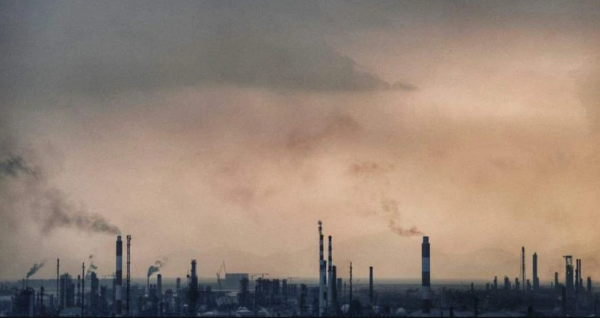SINGAPORE is committed to attaining net-zero greenhouse gas emissions by 2050, and hydrogen is a key component of the country’s transition to clean energy. The 2050 Hydrogen Goal established by the National Hydrogen Strategy (NHS) is for hydrogen to comprise at least fifty percent of Singapore’s total fuel mix by mid-century.
The combustion of hydrogen produces only water as a byproduct; no emissions are produced. Hydrogen, however, is not yet a fully developed decarbonization pathway.
The technology associated with the production, distribution, storage, and final use of hydrogen is promising but still in its infancy. In addition, Singapore is primarily a net importer of hydrogen. Consequently, Singapore may be negatively impacted by fluctuations in the production of hydrogen abroad and international cooperation in the trade of hydrogen.

Can the NHS withstand these possible headwinds? The NHS is a commendable beginning, but more must be done if Singapore is to reach its 2050 objective.
A move in the proper direction
The hydrogen objective is Singapore’s “holy grail” and is crucial for the country to achieve net-zero greenhouse gas emissions by 2050. In order to achieve success, the NHS aims to implement hydrogen throughout the power generation, industry, maritime, aviation, and land transportation sectors.
Taking a pragmatic view of Singapore’s unique circumstances, the need for international cooperation to facilitate the global trade of hydrogen, and the current state of technological advancement, the NHS provides a solid foundation for Singapore’s pursuit of the 2050 objective.

These sectors account for 97.9 percent of current greenhouse gas emissions in Singapore.
Currently, it is not feasible for Singapore to produce hydrogen locally due to limited land area, high urban density, and limited potential for producing renewable energy locally.
As a net importer, Singapore will rely on international hydrogen supply chains and hydrogen production abroad. However, there are no international standards or universal methodologies for determining the greenhouse gas emissions of hydrogen production at this time.

